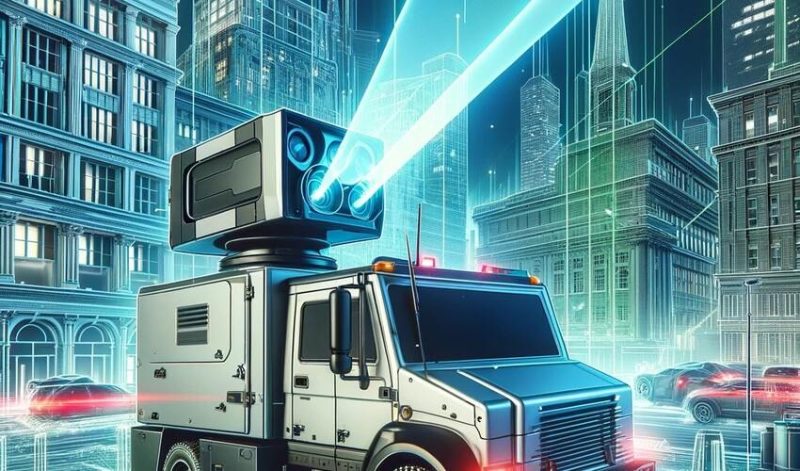
The Top Mobile LiDAR Scanners on the Market: Features and Comparisons
In the rapidly evolving world of geospatial technology, mobile LiDAR scanners are pivotal tools for capturing accurate environmental data. These devices offer flexibility, efficiency, and precision, making them indispensable in surveying, forestry, urban planning, and more. This article explores some available top mobile LiDAR scanners, comparing their features, performance, and applications to help professionals choose the suitable scanner for their needs.
Introduction to Mobile LiDAR Scanners
Mobile LiDAR scanners use light detection and ranging (LiDAR) technology to measure distances by illuminating the target with laser light and analyzing the reflected light with a sensor. These scanners are typically mounted on moving vehicles, drones, or handheld systems, enabling them to cover large areas quickly. The mobility of these systems allows for the collection of high-density spatial data, making them more efficient than traditional stationary LiDAR systems.
Key Features of Top Mobile LiDAR Scanners
- Accuracy and Resolution: Mobile LiDAR scanners provide high-resolution images and precise measurements, which are crucial for detailed analysis and decision-making in various applications.
- Portability and Ease of Use: The best mobile LiDAR scanners are powerful but also lightweight and user-friendly, allowing for quick setup and operation.
- Integration with Other Systems: Advanced scanners can integrate seamlessly with GPS and other data systems, enhancing the richness and usability of the data collected.
Top Mobile LiDAR Scanners: Features and Comparisons
1. Leica Pegasus: Two Ultimate
- Features: This scanner combines high-density LiDAR data collection with panoramic image capture, offering accuracy and comprehensive data in urban and rural settings.
- Advantages: Its ability to capture data at highway speeds and its robust design make it ideal for large-scale projects.
- Applications: Road surveying, asset management, and large infrastructure projects.
2. Trimble MX9
- Features: The Trimble MX9 boasts a high point-cloud density and a dual-head system for panoramic image capture.
- Advantages: The MX9 is suitable for detailed topographic data collection because of its precision and extensive range.
- Applications: Mapping, city planning, and utility mapping.
3. RIEGL VMX-2HA
- Features: High-speed, high-performance mobile scanning system with sophisticated software for data processing.
- Advantages: Offers multiple scanner configurations and exceptional data accuracy.
- Applications: Roadway infrastructure mapping, large-scale surveying, and historic preservation.
4. Topcon IP-S3
- Features: Integrates LiDAR data with 360-degree imagery, providing detailed and accurate geospatial data.
- Advantages: The compact and lightweight design enhances its portability.
- Applications: Urban mapping, environmental monitoring, and disaster management.
5. Velodyne LiDAR Puck
- Features: A compact, versatile scanner suitable for drone-based applications, offering real-time data processing.
- Advantages: Its small size and adaptability make it perfect for projects that require agility and minimal interference.
- Applications: Agricultural planning, forestry management, and archaeology.
Factors to Consider When Choosing a Mobile LiDAR Scanner
When selecting a mobile LiDAR scanner, several factors should be considered:
- Project Requirements: Understand the specific needs of your project. Consider the type of terrain, the required resolution, and the project scale.
- Budget: Mobile LiDAR scanners vary significantly in price. Balance the cost with the features and the expected return on investment.
- Software Compatibility: Ensure the scanner is compatible with the software tools used in your workflow for seamless integration.
- Support and Training: Consider the manufacturer’s customer support and training, as these can significantly influence the scanner’s efficiency and effectiveness in your projects.
Conclusion
Mobile LiDAR scanners are revolutionizing how spatial data is collected across various industries. From the Leica Pegasus: Two Ultimate to the Velodyne LiDAR Puck, each scanner offers unique features that cater to different project needs. By understanding the specific requirements of your projects and comparing the features of these top scanners, you can select a mobile LiDAR scanner that fits your budget and enhances your operational capabilities, ensuring high-quality data collection and analysis.
Read Dive is a leading technology blog focusing on different domains like Blockchain, AI, Chatbot, Fintech, Health Tech, Software Development and Testing. For guest blogging, please feel free to contact at readdive@gmail.com.
